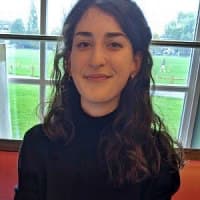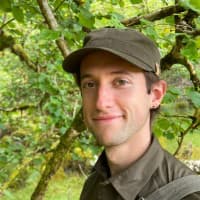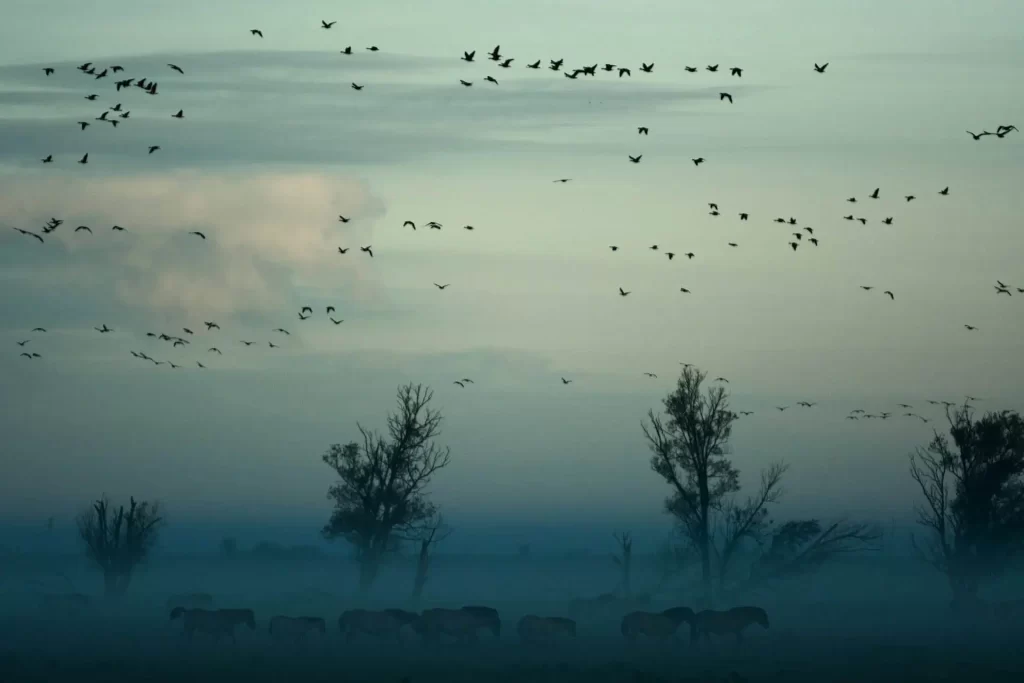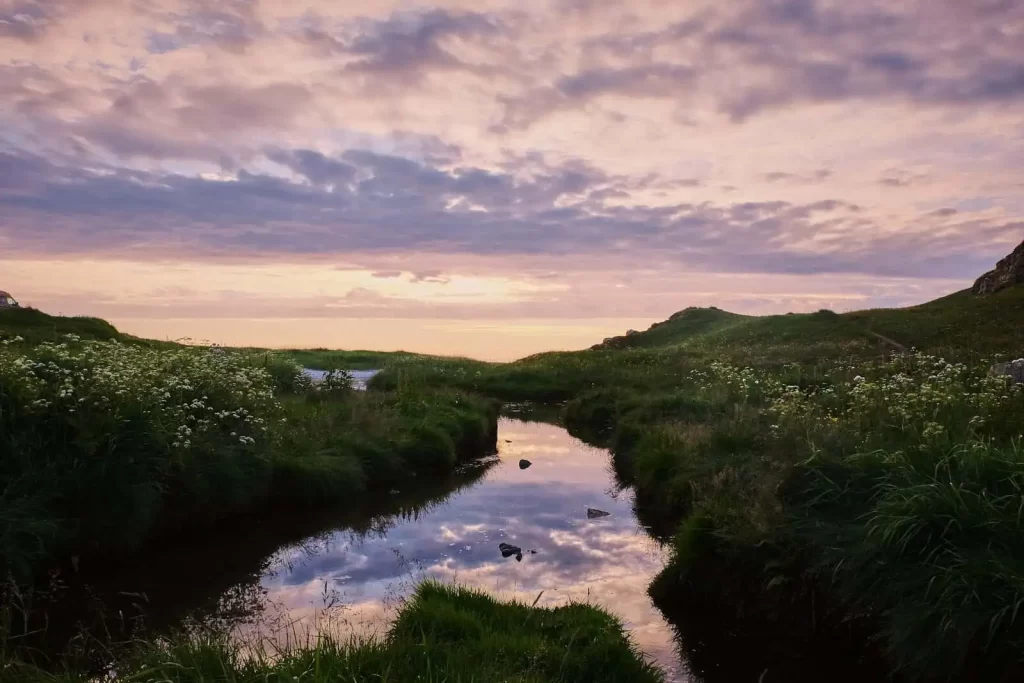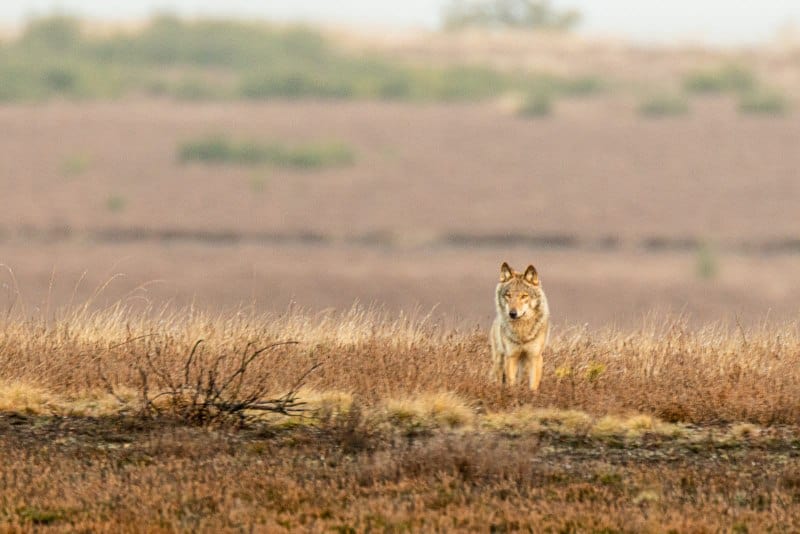Share:
Fascinating fungi questions and answers
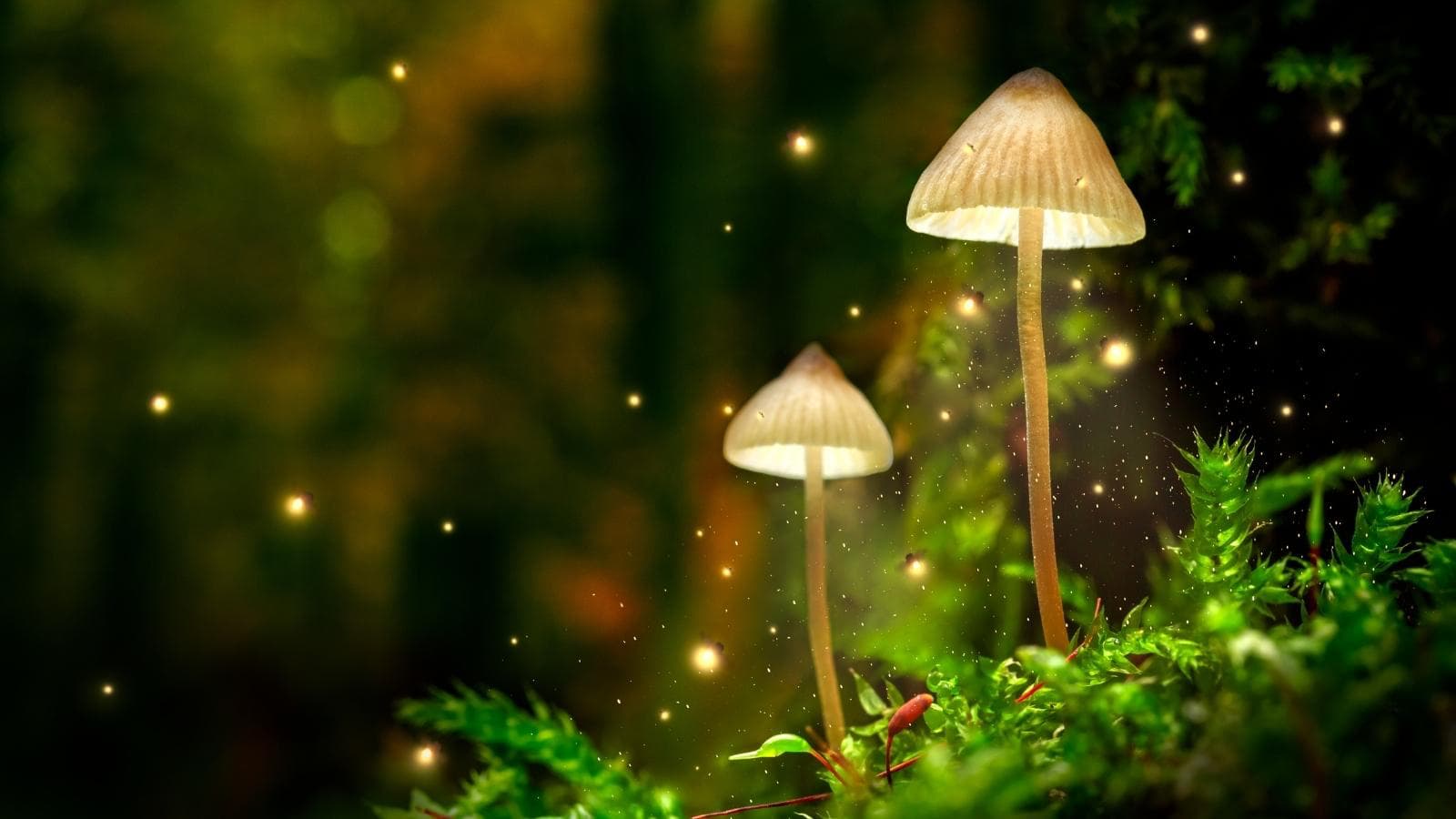
On behalf of the Rewilding Community of Practice, we are excited to report on the ‘Fascinating Fungi – Invisible Allies in Rewilding event‘. It was an excellent opportunity to learn about the latest findings and developments in the fields of mycology and rewilding, both from science and practice. Our speakers presented nuanced views on the role of rewilding for fungi and vice versa.
We were thrilled to see this was an interesting topic for you and we thank you for attending and actively engaging with the speakers at the event.
After the speakers’ presentations, we held a Q&A session, at which you had many interesting questions directed at the speakers.
We didn’t find the time to answer all of them live, so the Rewilding Community of Practice reached out to the speakers* to have them answer your questions for you. If you missed the event, make sure to watch the recording.
speakers at the Fascinating Fungi Event
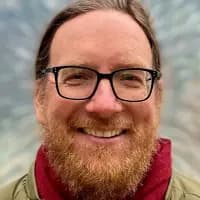
Michael J. Hathaway
Matsutake Worlds Reserch Group, Author of ‘What a mushroom lives for?’
All you wanted to know about fungi and rewilding
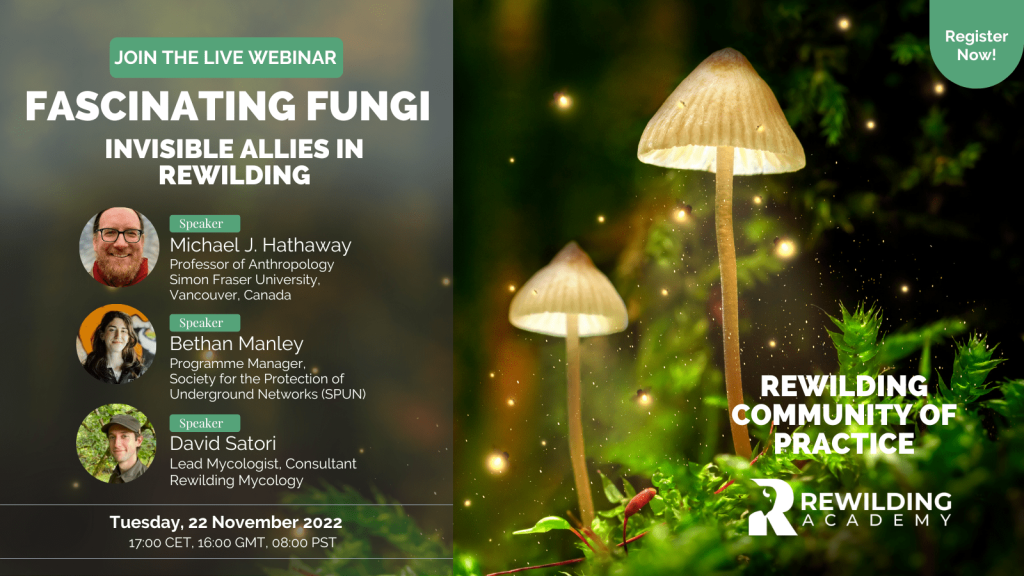
Questions you asked Bethan Manley
“There is a general consensus in the scientific community that it’s highly likely shared fungal networks do exist. However, we just don’t have a lot of scientific evidence on what they do[…]”
Bethan Manley
